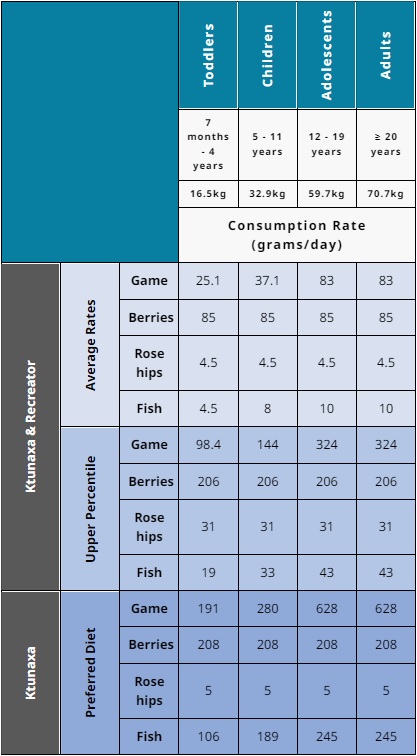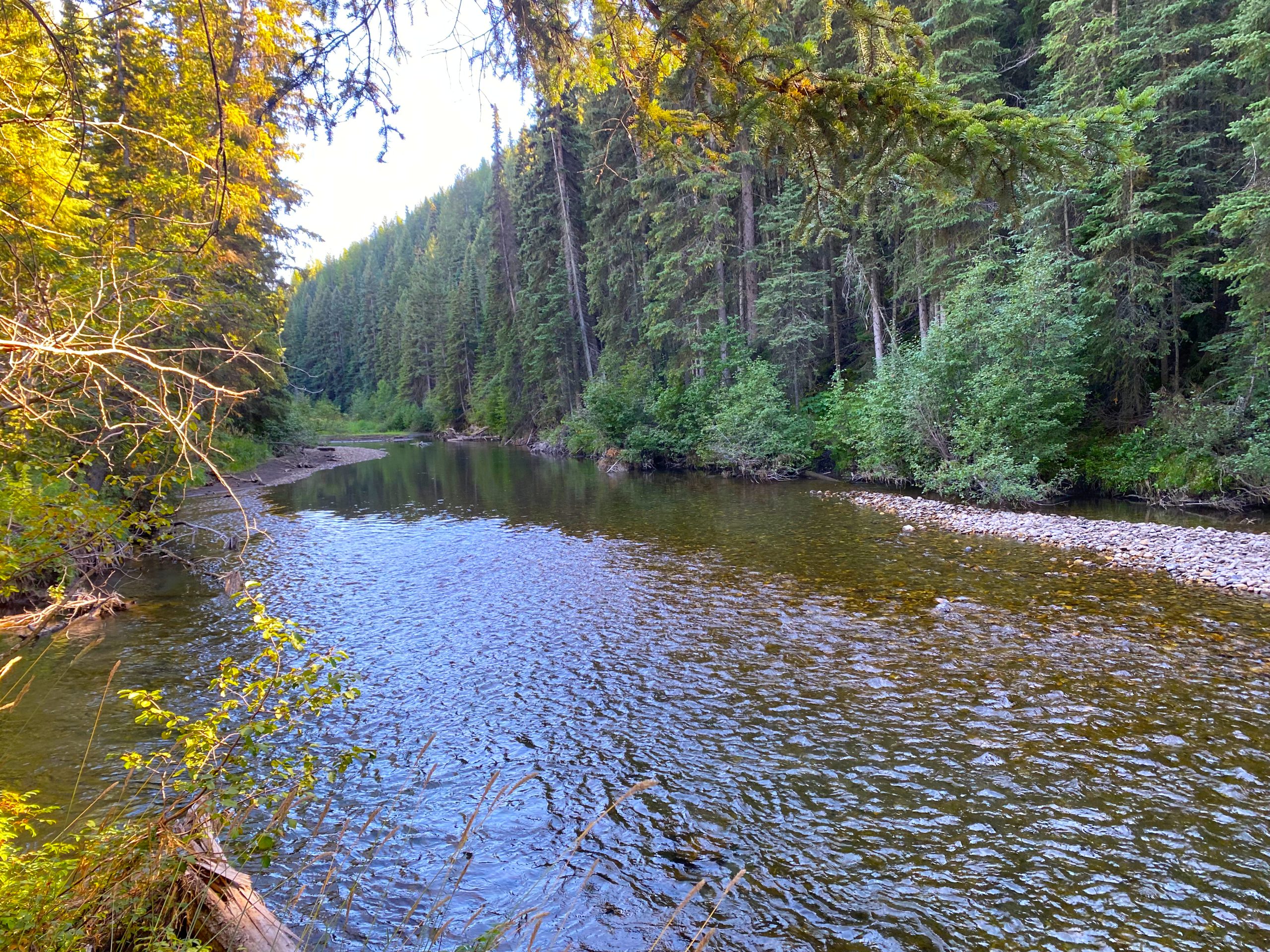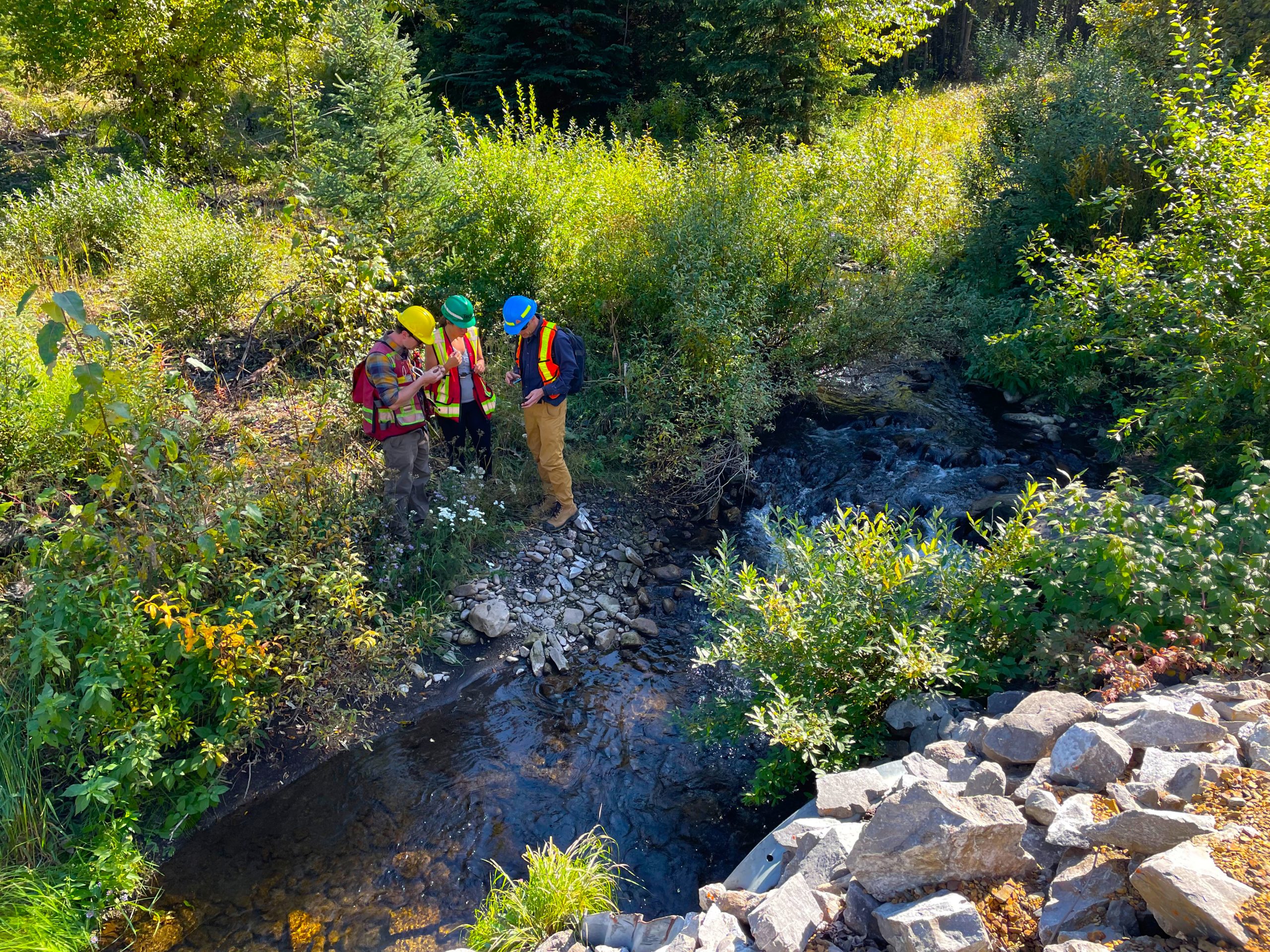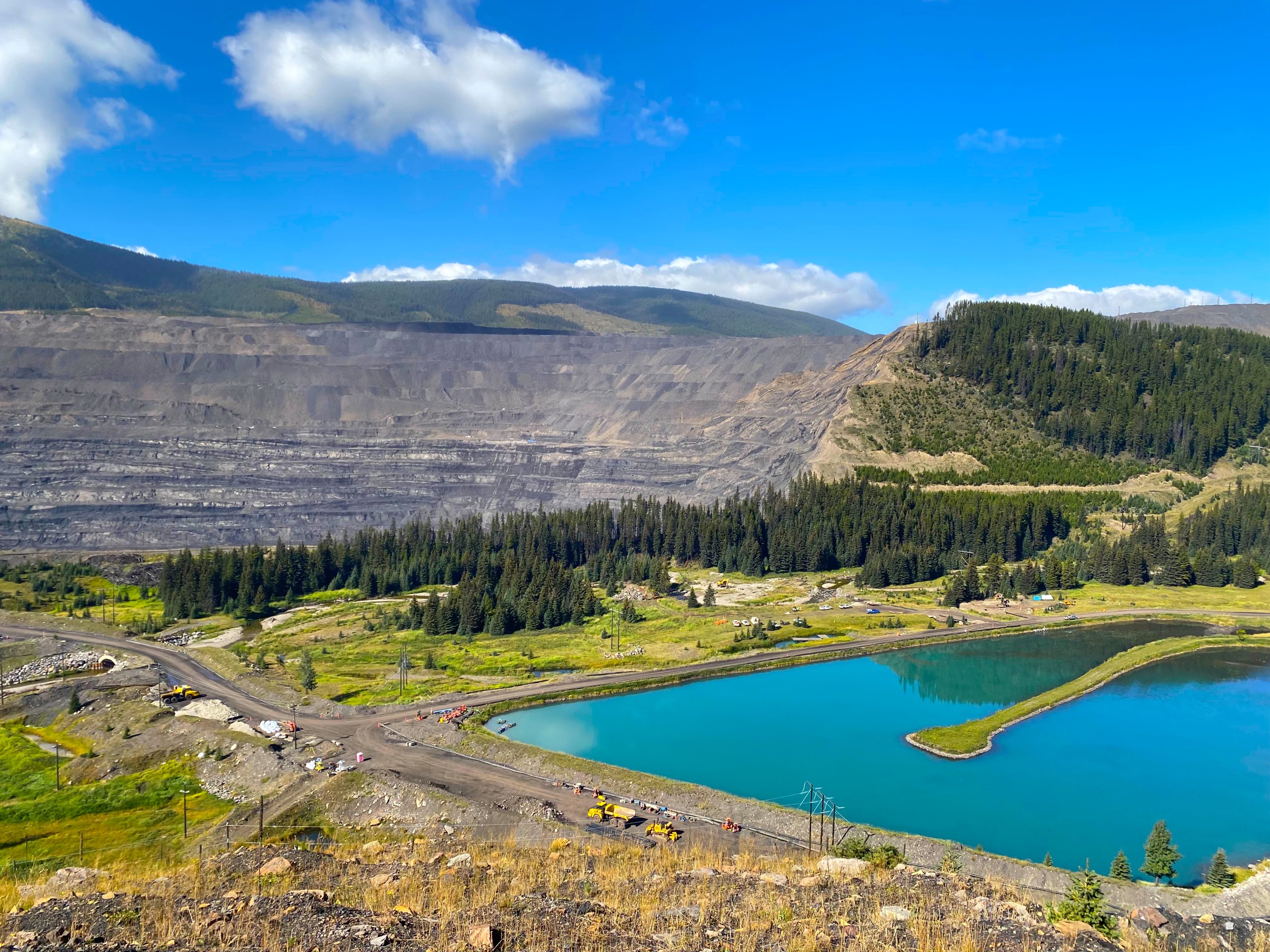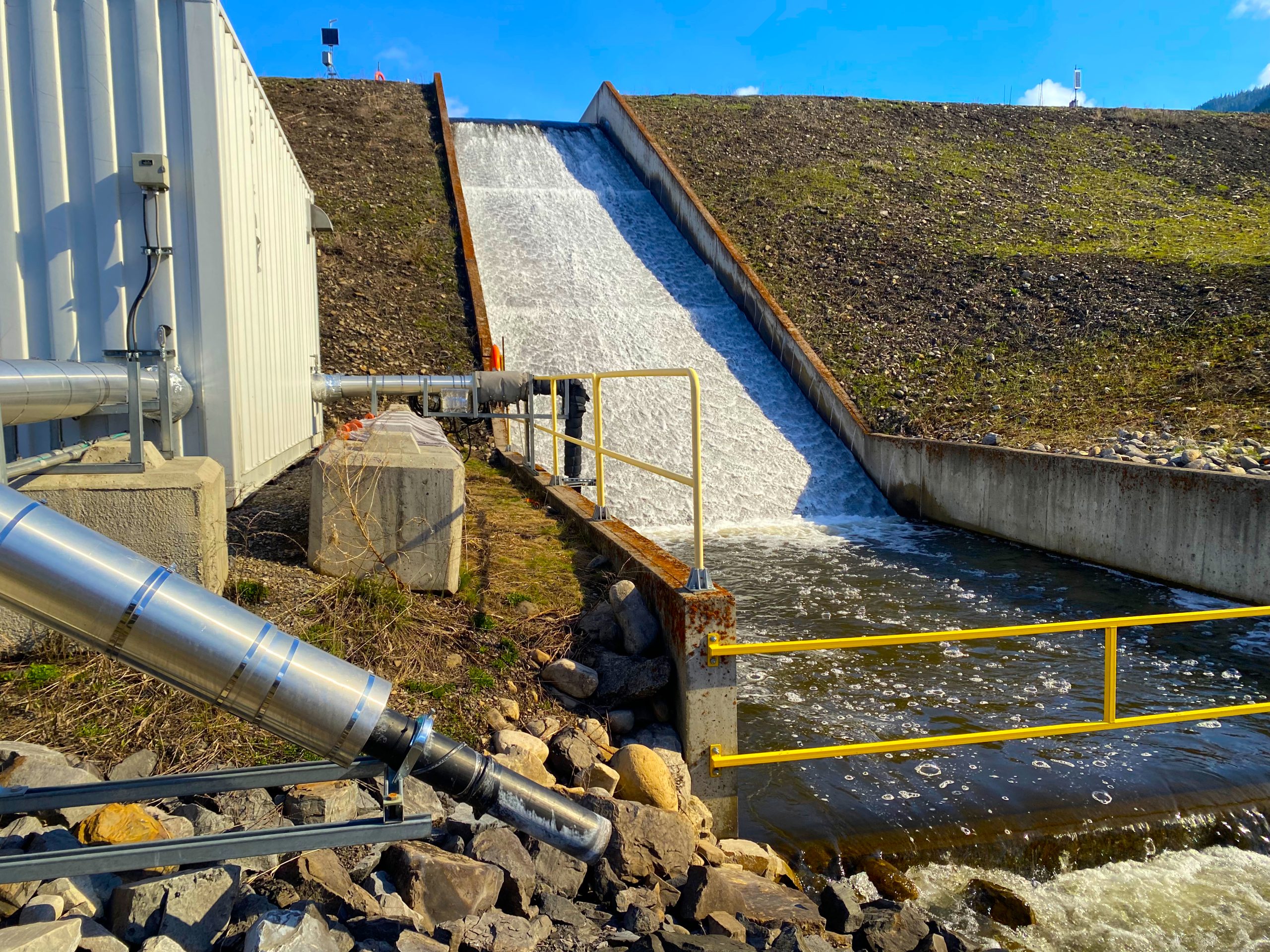Introduction
EVR recently assessed the potential risks to human health from substances that are released from its Elk Valley mines into the watershed. The study is called a human health risk assessment (HHRA) and was completed using standard methods and guidance from B.C. and Health Canada.
The HHRA was conducted by qualified professionals (Ramboll) and overseen by a Working Group of experts from EVR, the Ministry of Environment and Climate Change Strategy, Interior Health, and the Ktunaxa Nation Council.
The HHRA analyzed data from water and food items in the Elk Valley. It identified substances resulting from mining and assessed how people are exposed to them (like drinking water or eating fish). HHRA methods do not determine specifically how many local fish or berries are safe to eat, but the report does evaluate different Elk Valley foods across a range of consumption rates to identify which pose lower and higher risks. Results can be used to support decisions to reduce risks.
What data were used and which areas were evaluated?
The HHRA evaluated a wide range of substances in surface water, groundwater, sediment, and fish tissue samples collected from the Fording River and tributaries, Michel Creek, Harmer Creek, the Elk River, and the Koocanusa Reservoir.
Data were collected from 2015 to 2020 in monitoring programs that EVR is required to conduct under its Permit. Additional data came from a traditional foods sampling program, while information about the current and preferred diet of Ktunaxa people came from two Ktunaxa-specific diet studies.
Mine-related substances
“Substances” refers to mine related elements and chemical compounds. These are also sometimes referred to as contaminants of potential concern, parameters, or constituents.
Substances included in the surface water assessment were:
- aluminum
- antimony
- arsenic
- barium
- beryllium
- boron
- cadmium
- chromium
- cobalt
- copper
- fluoride
- iron
- lead
- lithium
- manganese
- mercury
- molybdenum
- nickel
- nitrate
- selenium
- silver
- thallium
- tin
- uranium
- vanadium
- zinc
- several polycyclic aromatic hydrocarbons (PAHs)
Whose health risk was assessed?
The HHRA assessed the potential health risks for people living and recreating in the Elk Valley, including people eating food harvested from the region. A range of scenarios were assessed for different ages of people consuming different amounts of Elk Valley foods (see the table below for specific consumption rates). Importantly, Ktunaxa cultural practices and preferences, called sukiⱡ ?iknaⱡa (eating good), was assessed. This scenario is called the Ktunaxa preferred diet rate in the HHRA.
This table shows the estimated amounts of Elk Valley foods consumed by people eating at different rates. Upper percentile rates apply to people who are higher consumers of food harvested from the Elk Valley than the general population. For example, an adult consuming at upper percentile rates is estimated to eat approximately 40 meals of wild game and 5 meals of fish every month. Average consumption is approximately 10 meals of wild game and 1 to 2 meals of fish every month.
It is recognized that mine workers might have different exposure risks than non-mine workers. Worker health and safety is supported by the provincial Occupational Health and Safety Regulation and was not considered in this HHRA.
What were the key findings?
- Selenium is the primary mine-related substance that may pose a potential risk to human health.
- Food and water samples collected in areas closest to the mine sites had the highest amounts of selenium. Eating food and drinking water from these areas poses a greater risk than other areas.
- Eating fish was an important contributor to overall selenium exposure and was the primary contributor to selenium exposure for people who eat fish every day. The level of risk is directly related to how often and how much fish is eaten.
- People eating an average amount of fish (e.g., 15 meals or less per year) have a low risk of health effects from exposure to selenium.
- The risk increases for people who eat fish more frequently.
- For example, people eating fish at the Ktunaxa preferred diet rates (e.g., 365 meals per year) could be exposed to more selenium and have a higher risk.
- Longnose Suckers from Goddard Marsh, a mine-impacted wetland adjacent to the Elkview Mine, showed the highest amounts of selenium and should be avoided.
- Eating fish from Koocanusa Reservoir did not result in elevated risk from exposure to selenium.
- Exposure to selenium from eating game, berries and rose hips gathered from the Elk Valley generally did not result in an elevated risk to human health.
- An analysis of drinking water wells did not find an elevated risk to human health from mine-related substances.
- Occasional drinking of surface water with elevated amounts of selenium or the other mine-related substances is unlikely to pose a risk to human health.
- There is potentially elevated risk to infants from exposure to nitrate in the Fording River and Elk River areas near the mines if surface water is regularly used to reconstitute baby formula.
- All surface water and well water should be tested and treated before drinking to ensure it does not contain potentially harmful pathogens.
What is selenium and how does it impact human health?
- Selenium is a naturally occurring element and an essential micro-nutrient required to be healthy.
- Selenium in the Elk Valley is naturally present in rock and soil and is released into the environment when rock is disturbed and exposed to air and water. It is not added during the mining process.
- Long-term exposure to elevated selenium can cause fatigue, nervous system abnormalities, and hair and nail loss. Research indicates that these symptoms are temporary and resolve when the elevated exposure is removed.
- Many factors influence an individual’s health risk and response, such as age, body size, personal health status, sensitivity, and overall general health. The frequency (how often) and severity (how much) of exposure are also important factors.
Were there key uncertainties?
- The HHRA used fish tissue data from across the Elk Valley that were gathered mainly to understand ecosystem effects and included several samples from areas not commonly used by anglers (for example, next to the mines) and from fish species not often harvested (such as Longnose Suckers). This approach may have resulted in an over-estimation of the risks from eating fish.
What is being done in response to the HHRA?
The Ministry of Environment and Climate Change Strategy now requires the following actions from EVR:
Mitigate
- Continue to prevent and/or reduce the amount of selenium entering the environment.
Collect
- Continue to collect groundwater and surface water and collect more fish, game, berry, and rose hip samples.
- Focus fish tissue sampling on areas and species preferred by people that eat fish.
Evaluate
- Evaluate whether current actions are reducing risks to human health.
- Continue to prevent and/or reduce the amount of selenium entering the environment.
Communicate
- Communicate results of data screened against human health criteria.
Will water treatment reduce risks to human health?
- Yes. EVR is implementing water treatment to remove selenium and nitrate from water. Improvements in water quality are expected to reduce human health risks as well as risks to aquatic ecosystems.
When is another Elk Valley HHRA needed?
- A future risk assessment may be needed if data screening shows unexpected results, or if new science suggests that health effects may occur at lower concentrations. The Human Health Working Group pays close attention to monitoring results to understand if anything is changing and to determine if there is value in a future comprehensive risk assessment.

